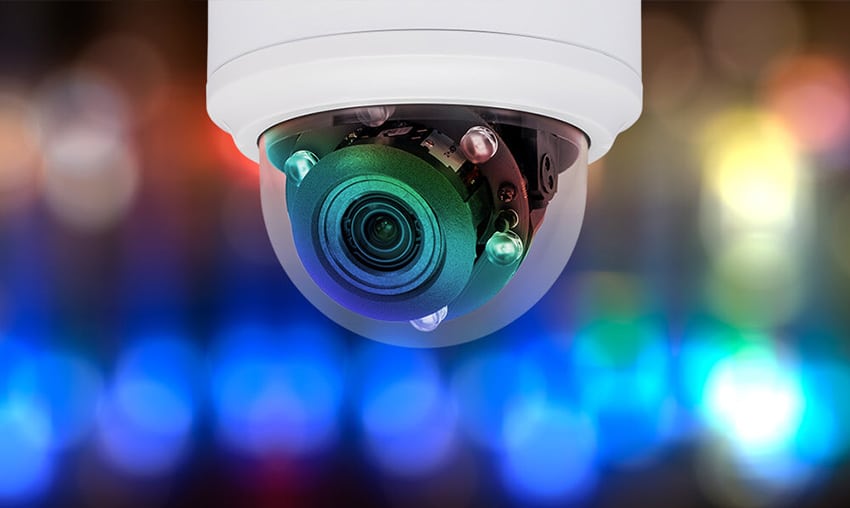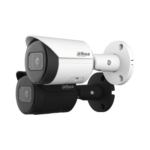IP (Internet Protocol) and analog CCTV cameras are two distinct types of surveillance technologies, each with its own set of features, advantages, and use cases. Here’s a breakdown of the key differences between IP and analog CCTV cameras:
1. Image Quality
- IP Cameras: Generally offer higher resolution and image quality. They can range from 1MP (megapixel) to 4K resolution, providing clearer and more detailed images.
- Analog Cameras: Typically offer lower resolution compared to IP cameras, with standard resolutions like 420TVL (television lines) to 1080p (2MP). Image quality can be limited by the resolution of the camera and the quality of the coaxial cable used.
2. Data Transmission
- IP Cameras: Transmit data over a network using Ethernet cables (Cat5e, Cat6) or wirelessly through Wi-Fi. This allows for high-definition video streaming and more efficient data transfer.
- Analog Cameras: Transmit video signals through coaxial cables to a digital video recorder (DVR). The data transmission is generally less efficient, and signal degradation can occur over longer distances.
3. Installation and Cabling
- IP Cameras: Require Ethernet cables or wireless connectivity. PoE (Power over Ethernet) capabilities can simplify installation by combining power and data transmission into a single cable.
- Analog Cameras: Require separate coaxial cables for video transmission and power cables (often with an additional power supply). Installation can be more complex due to the need for separate wiring.
4. Scalability and Flexibility
- IP Cameras: Highly scalable and flexible. They can be easily added to or reconfigured within a network. Many IP systems allow remote management and configuration via web interfaces or software.
- Analog Cameras: Less flexible in terms of scalability. Adding more cameras typically involves additional coaxial cables and DVR channels. Upgrading to higher resolutions or more features often requires significant hardware changes.
5. Network Integration and Remote Access
- IP Cameras: Can be integrated into existing network infrastructures and accessed remotely via the internet or a local network. This allows for remote monitoring, playback, and management from various devices.
- Analog Cameras: Typically require dedicated DVRs for remote access and management. Remote viewing capabilities are usually more limited compared to IP systems and may require additional setup or third-party solutions.
6. Advanced Features
- IP Cameras: Often come with advanced features such as motion detection, facial recognition, license plate recognition, and intelligent analytics. These features can be processed directly within the camera or via connected network servers.
- Analog Cameras: Generally offer fewer advanced features. The capabilities for motion detection and other analytics are often limited and may require additional equipment or processing through the DVR.
7. Cost
- IP Cameras: Typically more expensive upfront due to their advanced technology and higher resolution. However, the total cost of ownership may be lower in the long run due to reduced installation complexity and increased functionality.
- Analog Cameras: Usually less expensive per unit compared to IP cameras. However, the cost of installation and potential need for upgrades can add to the overall expense.
8. Video Storage
- IP Cameras: Video footage is stored on network video recorders (NVRs) or cloud storage. This can offer flexible storage options and easier retrieval.
- Analog Cameras: Video footage is stored on DVRs, which may offer limited storage capacity and require physical access for retrieval and management.
Conclusion
IP cameras generally offer superior image quality, advanced features, and greater flexibility compared to analog cameras. They are well-suited for modern, scalable surveillance systems and offer enhanced remote access capabilities. On the other hand, analog cameras can be a cost-effective choice for simpler setups and environments where high resolution and advanced features are less critical. The choice between IP and analog cameras depends on specific needs, budget, and desired features for the surveillance system.














